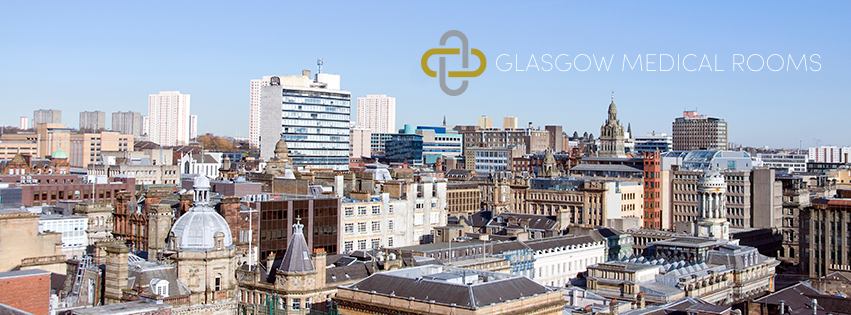Contrast Therapy: The science behind cold plunges & saunas
What is contrast therapy and how can it benefit us? Health Prem explores the science behind alternating between cold plunges and sauna sessions.
4 minute readHave you noticed recent trends of people plunging into ice-cold water or ice bucket challenges on your social media? Do you wonder why everyone from athletes to content creators and influencers are taking the plunge into cold water immersion (CWI) therapy? Let’s look into the science behind cold plunges and inversely hot therapy such as saunas and their effect on health and well-being.
Is contrast therapy good for you?
Why are so many people subjecting themselves to such chilling experiences? Research shows there is a proven health benefit from cold and hot therapy (exposing yourself to a cold shower or bath and then a hot sauna).
Cold therapies have been used for therapeutic purposes in many cultures for centuries, in sports and recovery processes. The use of cold water or air for therapy is known as cryotherapy.
What happens to your body when you take a cold bath?
Your body undergoes several physiological responses when you immerse yourself in cold water. Firstly, your skin temperature decreases rapidly. Your body then tries to conserve heat by constricting your blood vessels. This then causes a rush of the blood in your body to your vital organs such as your heart and lungs, increasing blood circulation and the level of oxygen transported around your body.
If you continue to stay in the cold water, your body will begin to release chemical hormones called endorphins. These act as natural painkillers but also leave you feeling energised, refreshed and revitalised.
Exposing your skin to cold therapy can also help to tighten your pores and improve the condition of your skin.
What does a hot sauna do?
Switching to a warm sauna will increase your body temperature, causing your blood vessels to dilate and increase circulation. This increased circulation helps your body to relax, and also helps flush out toxins from your body. It can even improve the appearance of your skin.
Research has also shown that attending the sauna regularly can help to reduce the build-up of lactic acid in your muscles, and help the body to release hormones which induce relaxation.
Many researchers believe regular exposure to high heat can help the body recover faster. This type of therapy has also been shown to reduce anxiety, improve focus and help build endurance around more intense workouts.
Alternating between hot and cold
Couple the cold plunge with a hot and steaming sauna and you have the perfect combination for your well-being and rejuvenation. Alternating between the two temperatures causes vasodilation and vasoconstriction.
The switch between expanding and constricting blood vessels gives your circulatory system a good workout! The changes in the blood flow increase the quality of blood circulation and stimulate your immune system.
You may be thinking that only athletes would benefit from hot and cold therapy, also known as contrast therapy. You would be right in thinking many athletes participate in hot and cold therapy to reduce inflammation and to help their muscles recover faster after training. However, it doesn’t mean they are the only ones who will benefit from this type of therapy.
Everyone can benefit from hot and cold therapy; you don’t have to be an athlete. Whether you are focused on your health, are into sports or if you work in an office adding hot and cold therapy into your routine can be good for you. It can help to improve your cardiovascular system and blood circulation, increase your mental clarity and improve your mood.
Hot and cold therapy are nothing new…
…They are centuries-old traditions.
Hot and cold therapy is nothing new, it’s not a passing fad as you may think. You can trace this therapy back centuries to many cultures and traditions from around the world. This is even more reason to believe in its benefits.
In Nordic countries such as Norway and Finland, saunas are a more traditional part of daily life, as is plunging into cold water in countries such as Iceland. In Japan, the hot springs known as onsens have been popular for thousands of years and are deeply ingrained in Japanese culture.
The science behind hot and cold therapy
Scientific research backs the tradition in showing the effectiveness of hot and cold therapy, which is known as contrast therapy. There are multiple studies which show that taking regular plunges in cold water and warm sauna sessions can improve your cardiovascular health and improve your immune function and even cognitive function.
Research also shows cold therapy can activate brown fat, otherwise known as brown adipose tissue, which plays an important role in burning calories and regulating the body’s metabolism. This can help in weight loss.
Try hot and cold therapy for yourself
Nothing is more relaxing than hitting the sauna, but why don’t you also try plunging into cold water to gain additional health benefits from this contrast therapy? With increasing research to show how good it is for you, whether you need to soothe your sore muscles or improve your mood and mental health, following centuries of cold and hot therapy might be just what you need.
It’s important to remember that everyone is different and will respond differently to different treatments. Everyone has a different hot and cold tolerance level. What is too hot or cold for one person may be tolerable by someone else. Tolerance levels have also been linked to emotional states, and those with greater tolerance to the cold have been shown to have less fear and anxiety.
Are there any reasons not to try it?
If you have any underlying health conditions such as diabetes or heart conditions, you should consult with your medical health professional or doctor before trying contrast therapy. It’s also important to drink plenty of water to keep yourself hydrated throughout the process. Beverages such as tea and coffee contain caffeine which can dehydrate your body. To counter these effects, it’s advised to avoid caffeinated drinks before you go to a sauna and drink water, before, during and after your session to replenish the fluid which is lost from your body via sweat.
So, what are you waiting for? Embrace the chill and discover the transformative power of cold plunges and sauna sessions for yourself. Your body and mind will thank you later!








